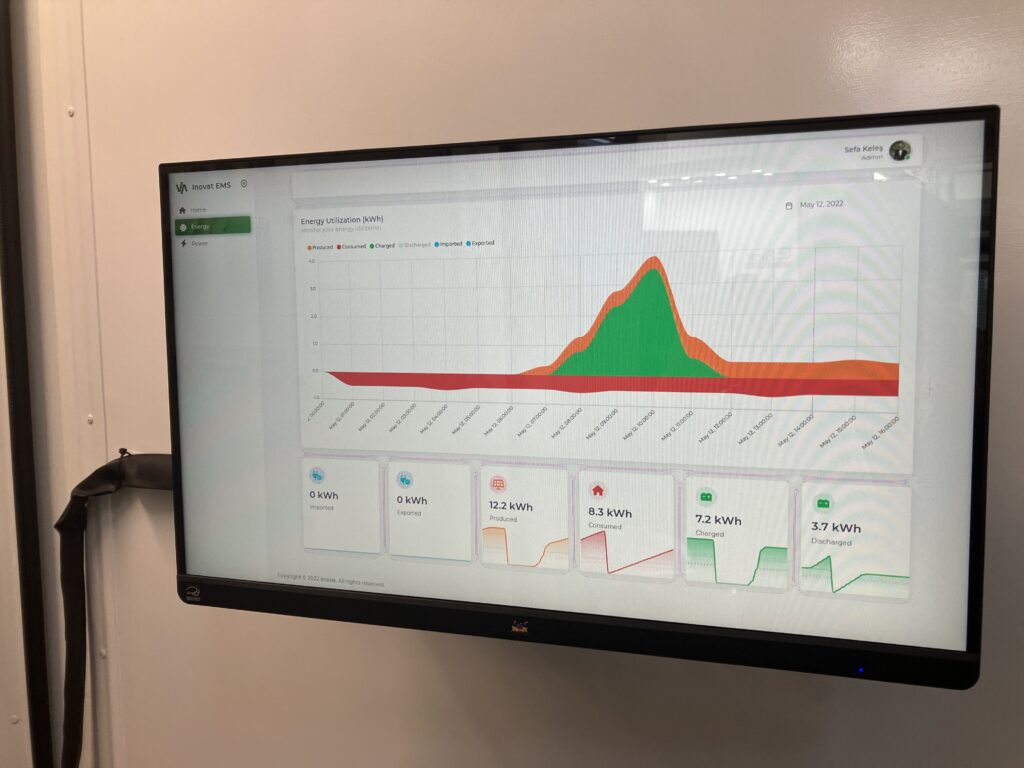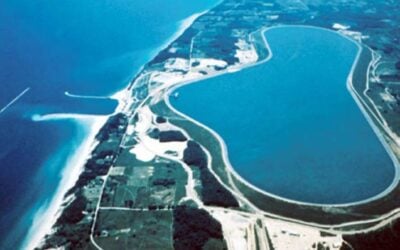
The complexity and volume of demands placed on battery storage systems require a data acquisition and management response tailored to each customer’s needs, Energy-Storage.news has heard.
France-headquartered battery manufacturer and battery storage system integrator Saft was presenting its new data management platform, Intensium Sight (I-Sight) at last month’s ees Europe trade show in Munich, Germany.
The platform enables Saft and users of its Intensium Max brand turnkey utility-scale battery energy storage systems (BESS) to remotely supervise and monitor the systems, including data acquisition, data processing, analytics and end user applications.
Saft collects data from the systems, which means not only monitoring cells and battery modules, but also voltage, temperature and current and various other auxiliary equipment, power conversion system (PCS) and transformer data.
Try Premium for just $1
- Full premium access for the first month at only $1
- Converts to an annual rate after 30 days unless cancelled
- Cancel anytime during the trial period
Premium Benefits
- Expert industry analysis and interviews
- Digital access to PV Tech Power journal
- Exclusive event discounts
Or get the full Premium subscription right away
Or continue reading this article for free
The platform has been developed in response to the growing need for greater levels of control of and visibility into a system’s performance, which are increasingly being required by customers, Saft’s director of energy innovations and solutions Michael Lippert said in an interview.
Projects are growing larger in scale, and where previously if a system comprised three or four containerised BESS units and was easy to check onsite, it’s more typical today that utility-scale projects consist of dozens of containers filled with tens of megawatts of BESS, Lippert said.
That also means bigger multiples of PCS, transformers and other equipment that need constant monitoring, requiring evermore sophisticated and automated tools.
“The other point is, of course, these systems do not operate anymore in a kind of defined cycle, [they don’t] do the same thing every day. The operation profile is changing, it’s maybe changing every day,” Lippert said.
“These are the two factors: the complexity of the application and the growing size and complexity of the systems which made us shift to this [new data platform].”
Recently, Kristin Schumann, deputy manager of the energy storage team at TotalEnergies’ development arm – which has been a customer of Saft for four large-scale projects in France – said in an Energy-Storage.news webinar last year that to comply with a frequency regulation contract, 25 data points from each system’s operation need to be sent every 10 seconds to French grid operator RTE, 24 hours a day.
Platforms like I-Sight enable Saft service personnel as well as operators of the systems to gather those and thousands of other data points, which are sent to a cloud-based server and then processed.
This increased granularity is required for a number of reasons. From Saft’s point of view, the technology provider wants to be able to keep track of various key performance indicators (KPIs), which it is contractually obliged to manage.
“We at Saft commit to matching a certain availability of the system, we need to match a certain degree of aging or speed of aging, we have to match a certain energy roundtrip efficiency of the system and so on. There are several contractually fixed parameters,” Lippert said.
“Our customers also make commitments: they commit not to go above certain power levels, or they commit to stay within certain limits of energy throughput per day. For example, it is clear that commitment on aging needs a counterpart on what is the operation, because aging depends on the operation.”
I-Sight and its KPI tracker allows for that immediate and constant monitoring to ensure contractual commitments are met, whether on Saft’s side with its customers, or on the customers’ side, with their own contracted off-takers.
Lippert noted however that it isn’t just for the money and contractual side of the system’s operation, but also “to make sure that the system operates all the time in the best conditions and to achieve the best performance and lifetime”.

Tailoring data approaches to meet different customers’ needs
Today’s data platform solutions enable not just a much higher level of visibility and granularity of data, they can also be tailored to suit the differing needs of customers, Lippert said.
This was also an important point for representatives of Inovat, a Turkey-headquartered BESS EPC company, which also makes and integrates systems for residential and commercial and industrial (C&I) markets as well as utility-scale.
Inovat has developed its own energy management system (EMS), a process which took about a year. It can be adapted for the requirements of customers in all three market segments.
In a standard package, the EMS is configured to send readings of data 1,440 times per day – once every minute – with each message containing around 50 to 60 data points, Inovat’s software development director Sefa Keleş told Energy-Storage.news at ees Europe.
However, if a customer requires data to be sent more frequently, it can be done at intervals of one second for a different price point.
Keleş said the biggest challenge in creating the EMS was in fine-tuning it to ensure the data collected is useful and high quality.
“The biggest challenge was taking data from the devices from the ‘edge’, from the sensors, from the inverters, from the batteries, and sending the data to come out and creating meaningful information from that data, because there is so much noise in this edge data. We have to first eliminate those noises and then we have to make meaningful decisions from those things – and we are controlling multiple devices as well,” Keleş said.
“Synchronising those decisions and sending the commands to the different devices at the same time was challenging.”





